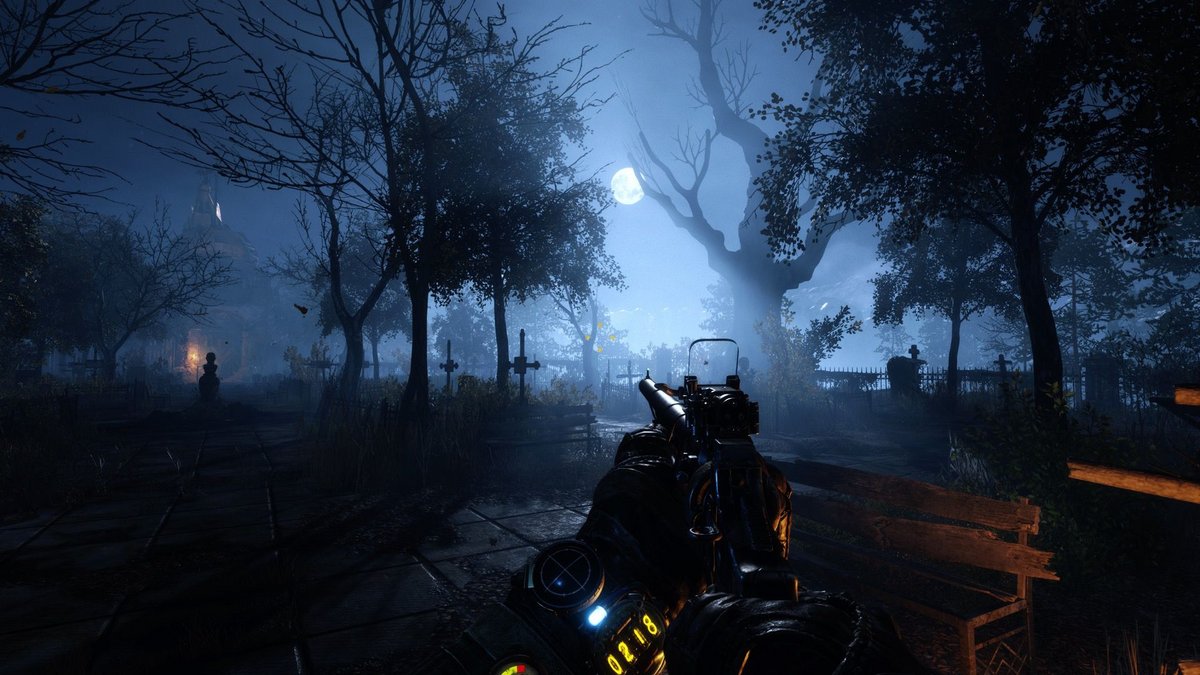Spectacular turn of events. While most of the communication on Nvidia RTX cards is based on the support of ray tracing, the manufacturer announces that some GTX graphics cards will also be able to enjoy from April.
Enjoy it, certainly, but in smaller proportions. Indeed to summarize roughly: Nvidia is preparing to push the compatibility of DirectX ray tracing (DXR) into its previous graphics cards. A technology that does not require specific technical attributes to work.
In its statement, Nvidia indicates that the GTX 1060 (6 GB) models until the Titan XP will benefit from the DXR, as well as the GTX 1660 and 1660 Ti outputs more recently.
DXR arrives on GTX cards in April
That being said, it is at the performance level that the balance will inevitably look towards Turing architecture cards. If Battlefield V should run correctly on a GTX 1080 with ray tracing enabled , it is not the case with Metro Exodus; the latter using ray tracing to produce ultra-realistic global illumination effects.
GTX cards, including the most recent 1660 Ti not having RT cores facilitate the calculation of ray tracing, the cards of old generation will have to do with what they have to produce correct results.
 But why this change of strategy for Nvidia? It is double, in reality. On the one hand, the green team hopes to evangelize its range of RTX cards which, for the moment, does not really use the cores dedicated to the management of ray tracing (except on the titles mentioned above) . On the other hand, Nvidia cut the grass under the foot of his competitor AMD who, if he said in favor of the widespread support of DXR, has still not proposed anything concrete on this point.The ray tracing compatibility on the Pascal & Turing GTX will be available in April via new drivers.
But why this change of strategy for Nvidia? It is double, in reality. On the one hand, the green team hopes to evangelize its range of RTX cards which, for the moment, does not really use the cores dedicated to the management of ray tracing (except on the titles mentioned above) . On the other hand, Nvidia cut the grass under the foot of his competitor AMD who, if he said in favor of the widespread support of DXR, has still not proposed anything concrete on this point.The ray tracing compatibility on the Pascal & Turing GTX will be available in April via new drivers.